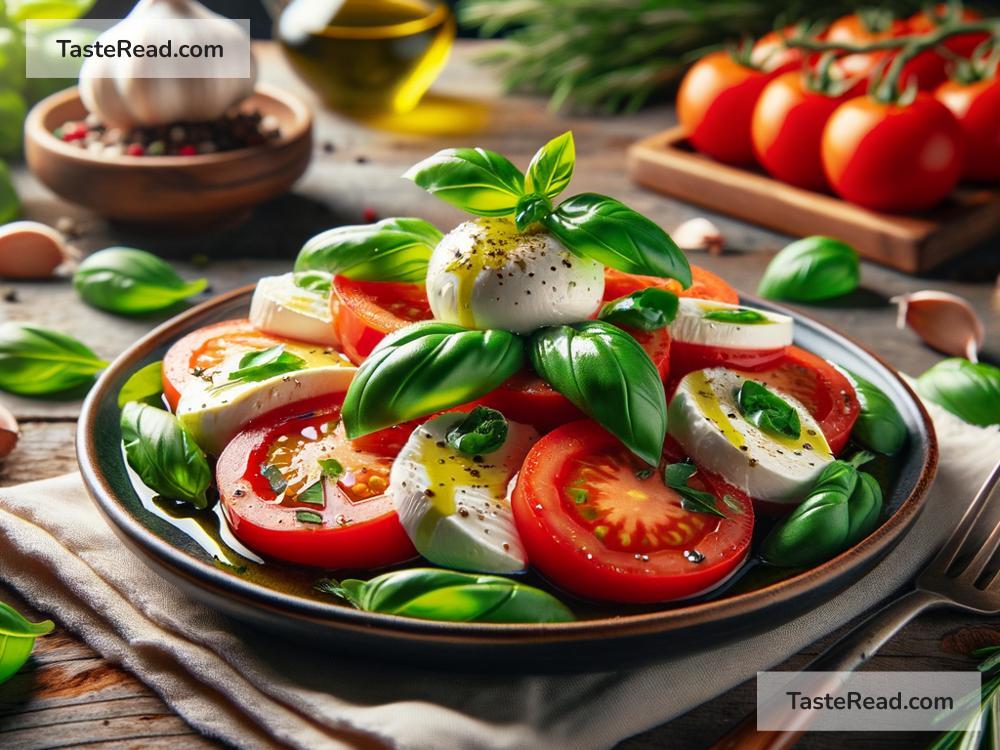The Fascinating Role of Basil in Italian Cooking
If there is one herb that can be called the “king” of Italian cooking, it’s probably basil. This humble green plant may look simple, but it plays a starring role in countless dishes that define Italian cuisine. From its delicate yet bold flavor to its fresh aroma, basil is truly fascinating. Whether you drizzle pesto over your pasta or sprinkle fresh basil leaves on a Margherita pizza, this herb transforms ordinary dishes into something extraordinary. In this blog, we’ll explore the place of basil in Italian cooking, its history, uses, and why it’s so beloved.
A Brief History of Basil
Basil has been around for thousands of years and is native to tropical regions of Asia and Africa. It eventually made its way to Europe, where it became a key part of Mediterranean cooking, especially in Italy. The name “basil” comes from the Greek word “basilikos,” meaning “royal.” This gives us a hint about how special basil has always been considered. In ancient times, the herb was even thought to have magical and medicinal qualities. While Italians today don’t use basil for spells, they do rely on it to add magic to their dishes.
Why Basil Is So Popular in Italian Cooking
There’s a reason basil has earned a special spot in Italian kitchens—it’s incredibly versatile. Its flavor is warm, slightly sweet, and peppery, which makes it the perfect match for many Italian ingredients like tomatoes, olive oil, and garlic. Basil also pairs well with cheeses like mozzarella and parmesan, and its refreshing taste balances out richer or heavier foods. Whether it’s fresh or cooked, basil adds depth to recipes and a hint of brightness that brings everything together.
Beyond its flavor, basil contributes to the visual appeal of dishes. Its bright green color adds a touch of vibrancy, making food look as good as it tastes, and fresh basil is often used as a garnish for this very reason. This combination of looks, aroma, and taste makes basil irreplaceable.
Basil and Signature Italian Dishes
Many iconic Italian recipes wouldn’t be complete without basil. Here are a few dishes where basil truly shines:
1. Pesto Sauce
The classic green pesto sauce is one of the most celebrated basil-based recipes in Italy. Originating from Genoa in northern Italy, this creamy sauce is made by blending fresh basil leaves with garlic, pine nuts, olive oil, parmesan cheese, and salt. Pesto is incredibly versatile: you can toss it with pasta, spread it on bread, or use it as a dip. Fresh basil is the star ingredient that gives pesto its bright, herbal flavor.
2. Caprese Salad
The Caprese salad is simplicity at its finest. With just four main ingredients—fresh basil, ripe tomatoes, mozzarella cheese, and a drizzle of olive oil—you have a dish that perfectly embodies the flavors of Italy. The freshness of basil is the key to balancing out the creaminess of the mozzarella and the juiciness of the tomatoes.
3. Margherita Pizza
Perhaps one of the most iconic Italian dishes, Margherita pizza relies on basil for its signature flavor. This pizza features a soft crust topped with a simple tomato sauce, fresh mozzarella, and whole basil leaves. Legend has it that this pizza was created to represent the colors of the Italian flag: red (tomato), white (mozzarella), and green (basil). Without basil, Margherita pizza just wouldn’t be the same.
4. Tomato Sauce
Many Italian tomato sauces include basil as one of the key herbs to enhance the flavor. Whether it is cooked into the sauce or added fresh at the end, basil elevates the dish with its aromatic qualities. Spaghetti with tomato sauce or lasagna would feel incomplete without it.
5. Bruschetta
This popular appetizer consists of toasted bread topped with diced tomatoes, garlic, olive oil, and fresh basil. Basil adds a refreshing contrast to the richness of olive oil and the sweetness of the tomatoes, making it the perfect finishing touch.
Varieties of Basil in Italian Cooking
When people think of basil, they often picture the classic sweet basil that’s most commonly used in Italian recipes. However, there are actually many types of basil, each with slightly different flavors. For instance, Genovese basil is the variety often used in pesto, and its leaves are soft, large, and intensely aromatic. Other varieties like purple basil or Thai basil are used in different parts of the world but aren’t as common in traditional Italian cuisine.
How to Use Basil the Right Way
Using basil correctly can make or break your dish. Most Italian recipes call for fresh basil because it has a much better flavor and aroma than dried basil. Dried basil loses some of its delicate qualities and can taste a little bitter.
Fresh basil should always be handled gently. Tear the leaves rather than chop them to prevent bruising, which can cause the herb to lose some of its flavor. If you’re cooking basil, add it toward the end of the process because heat can dull its taste. For dishes like salads or pizza, adding it fresh right before serving keeps its flavor at its peak.
Conclusion
Basil isn’t just a herb—it’s a symbol of Italian cooking and culture. Its bold yet warm flavor and fresh aroma capture the essence of Italy in every bite. Whether it’s transforming a simple sauce or adding the finishing touch to a pizza, basil shines in every dish it touches. So the next time you enjoy Italian food, take a moment to appreciate this fascinating herb. It’s a reminder that sometimes the smallest ingredients bring the biggest flavors!


